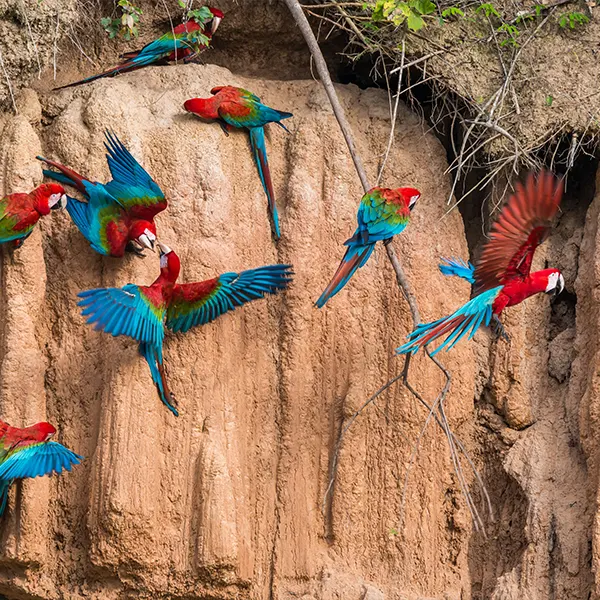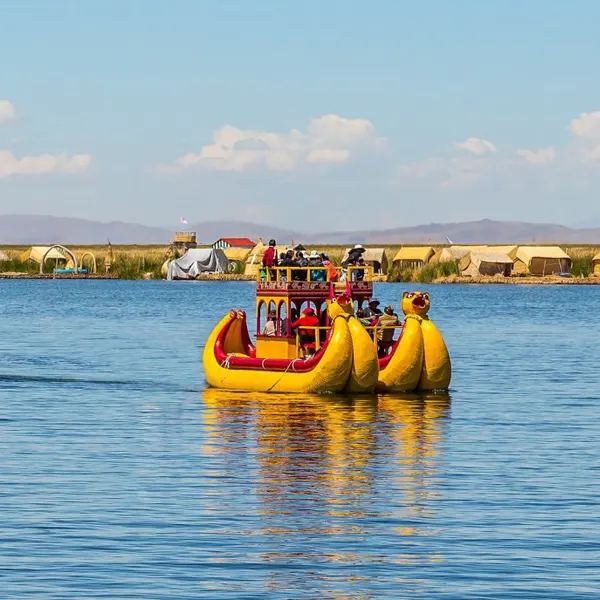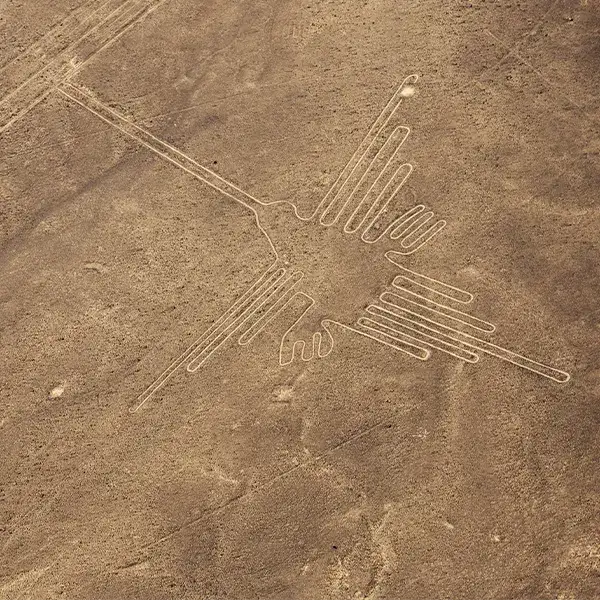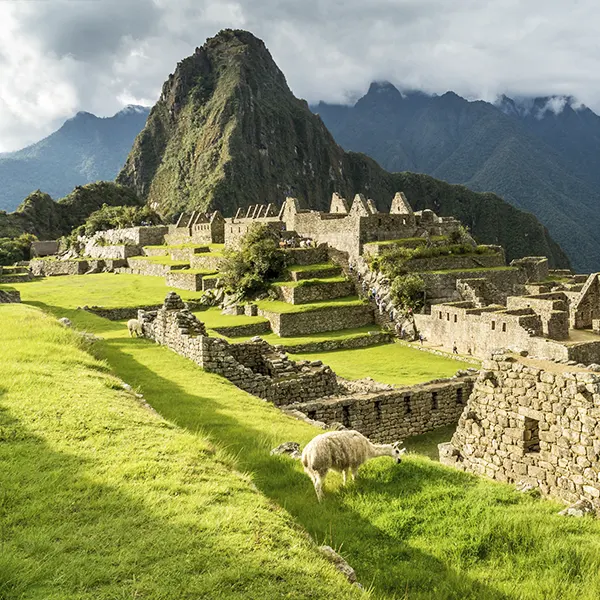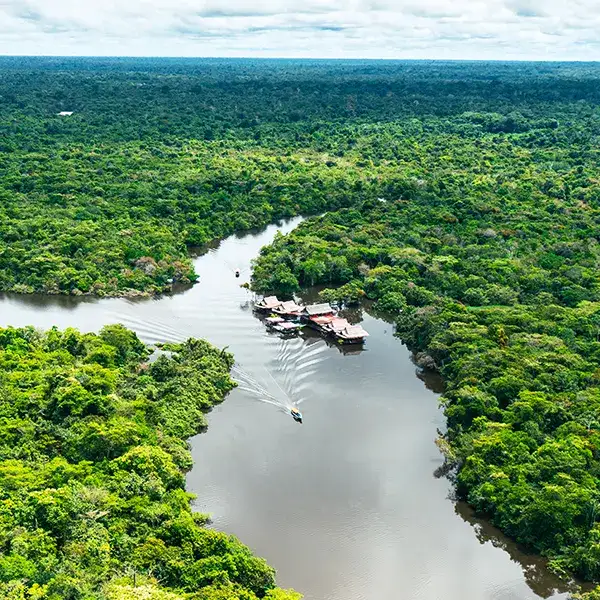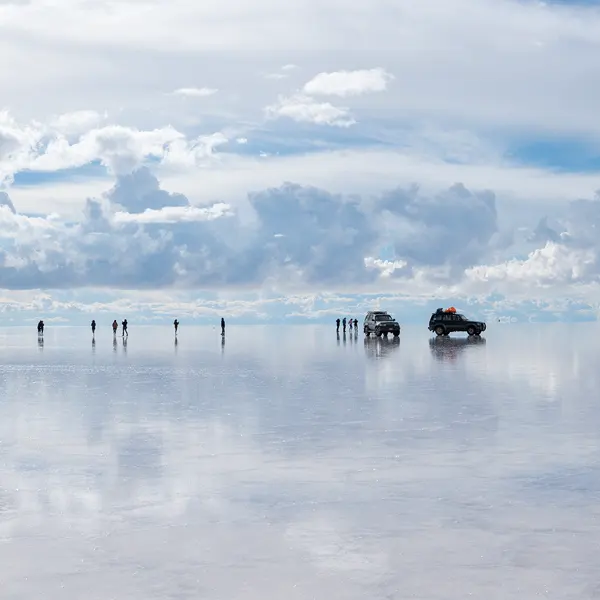Peru, a country in South America, is known for many things. It has a rich ancient history and stunning natural beauty. The grand Andes mountain range also comes to mind when thinking of Peru. You may have seen documentaries showing the locals in their bright traditional clothing, which stands out against the Andes Mountains.
Peru has many festivals throughout the year to celebrate various occasions that are important to the Peruvian people. One important festival for the people of Cusco is the Qoyllur Rit’i festival. Join Machu Travel Peru to discover more about this incredible festival.
Join us to explore one of the most important festivities of the Andes
- What is the Qoyllur Rit’i Festival?
- Origin and History
- Where and when does it happen
- The pilgrimage
- Rituals and Syncretism
- Cultural and Heritage Significance
What is the Qoyllur Rit’i Festival?
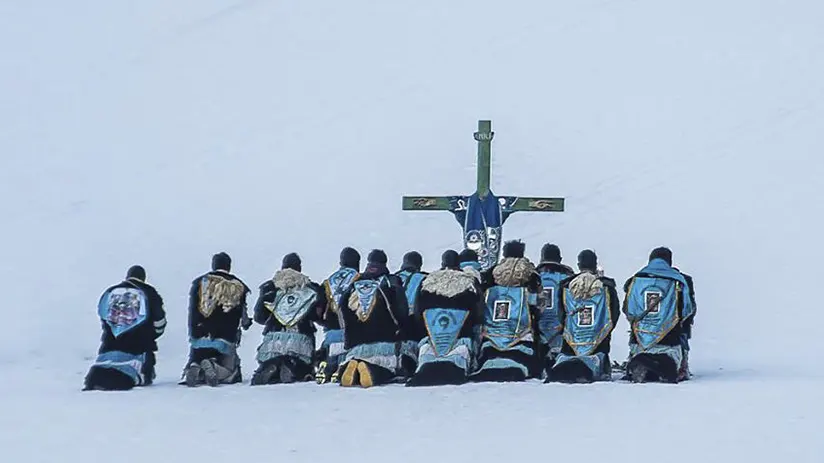
The Qoyllur Rit’i Festival, also known as the Snow Star Festival, is one of the most spiritually significant and visually striking events in the Andean region of Peru. Held annually in early June, during the full moon, the festival attracts thousands of people, especially indigenous people from rural Andean communities. The event is a religious and cultural gathering that combines Catholic and Andean spiritual practices, embodying the region’s long-standing tradition of syncretism.
The festival centers around the Lord of Qoyllur Rit’i (Señor de Qoyllur Rit’i), a miraculous image of Christ believed to have appeared on a sacred rock on Mount Ausangate, one of the highest and most revered peaks in the Andes. For many, the event is more than a mere religious pilgrimage; it is a deeply spiritual experience that reaffirms their faith, cultural heritage, and relationship with nature.
The name Qoyllur Rit’i translates to “Snow Star” in the Quechua language. It refers to the festival’s connection with the full moon that illuminates the valley during the event and to the snow-capped mountain that serves as a powerful backdrop. For the indigenous people, the festival is a blend of ancient Andean traditions with Catholic elements, and it has been celebrated for centuries, long before the arrival of Christianity.
Origin and History
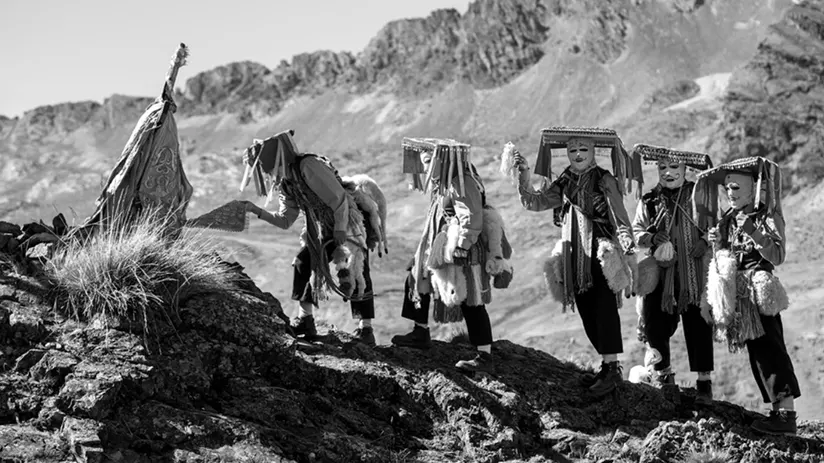
The roots of the Qoyllur Rit’i Festival can be traced back to a legend from the late 18th century. According to the story, a young boy named Mariano Mayta, a shepherd from the Andes, was tending to his flock near the glacier of Mount Ausangate. One day, he encountered a mysterious child who wore a white robe. The child appeared to help Mariano with his animals, making them stronger and healthier. However, when priests and locals investigated, they found that the child had mysteriously disappeared, and in his place was an image of Christ miraculously imprinted on a rock.
This image became a significant religious symbol for the local communities. People began visiting the site to venerate the Lord of Qoyllur Rit’i, and soon, a shrine was built to honor this miraculous appearance. The Catholic Church embraced the site, and the pilgrimage grew in significance over time. Today, the Sanctuary of the Lord of Qoyllur Rit’i stands as the focal point of the festival, drawing thousands of pilgrims each year from all over Peru and beyond.
While the festival is primarily Catholic in its outward form, it also maintains strong ties to indigenous traditions, particularly those rooted in Andean cosmology. The indigenous people have long revered the mountain Apus (the mountain spirits) and Pachamama (Mother Earth), seeing them as powerful deities that govern the natural world. In this sense, Qoyllur R’iti represents a harmonious fusion of Christian beliefs and Andean spirituality, a syncretism that has persisted for centuries.
Where and When Does It Happen?
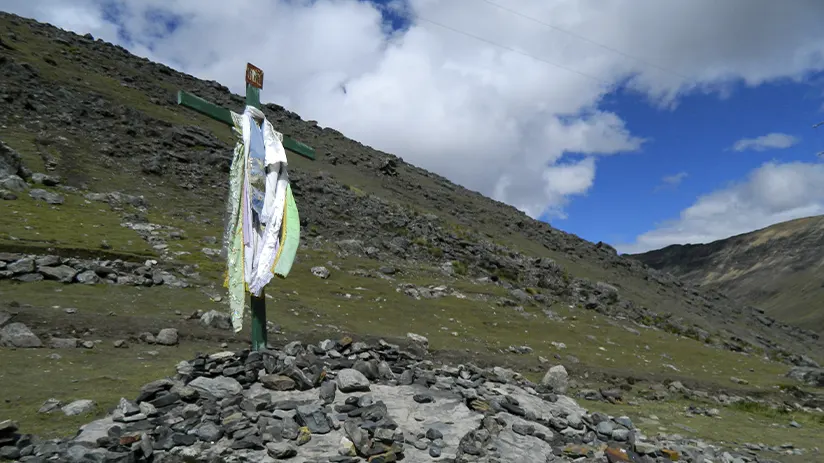
The Qoyllur Rit’i Festival takes place in the Sinakara Valley, which is located in the Cusco region of Peru. The site lies at an altitude of more than 4,600 meters above sea level, beneath the towering Mount Ausangate, one of the most sacred and prominent peaks in the Andes. The towering snow-capped mountain has been a spiritual symbol for the indigenous people for centuries, who believe that the Apus (spirits of the mountains) reside within the glaciers and rocky slopes.
The festival is held annually during early June, when the full moon rises, marking a time of transition and renewal in the Andean agricultural calendar. The full moon is seen as an auspicious time for spiritual reflection and offerings, and the Qoyllur Rit’i Festival takes place just before the Catholic celebration of Corpus Christi, a feast that honors the body of Christ in the Catholic tradition.
While the Qoyllur Rit’i Festival is primarily a religious pilgrimage, it is also an important cultural event that draws attention from travelers and tourists alike. For those visiting Cusco during the event, this is one of the most unique and authentic things to do in Cusco, offering insight into the rich blend of indigenous and Catholic traditions that make the region so distinctive.
The Pilgrimage
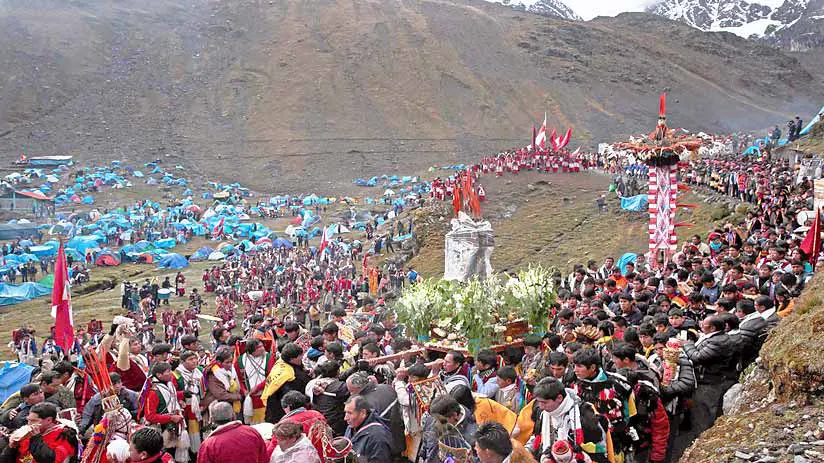
The pilgrimage to the Sanctuary of the Lord of Qoyllur Rit’i is one of the most challenging and awe-inspiring religious journeys in the world. Every year, thousands of pilgrims make the arduous trek to the sanctuary, enduring harsh conditions, including freezing temperatures, high altitudes, and rough terrain. The pilgrimage is not just a religious act; it is a physical test of endurance, faith, and community solidarity.
The pilgrims walk for several days through the rugged mountain paths, often carrying heavy loads and wearing traditional Andean clothing such as woolen ponchos, hats, and cloaks. They are organized into groups called naciones or nations, which represent different regions and communities. Each nation has its customs, music, and dances, creating a colorful and vibrant atmosphere during the festival.
One of the most iconic figures of the pilgrimage is the Ukuku, a half-man, half-bear figure who plays a central role in the festival. The Ukukus are considered sacred guardians of the festival, and they perform important rituals, including helping to guide pilgrims and ensuring the safety of the procession. They are also known for their role in climbing the glacier at night to retrieve sacred blocks of ice, which are believed to have healing powers and to bring blessings to the community.
Despite the physical challenges, the pilgrimage to Qoyllur Rit’i is a profound and transformative experience for many. For the indigenous people of the region, it is a deeply personal act of devotion to both Catholic and Andean spiritual beliefs. It is a way to honor the Lord of Qoyllur Rit’i and the mountain spirits and to express gratitude for the blessings of life.
Rituals and Syncretism
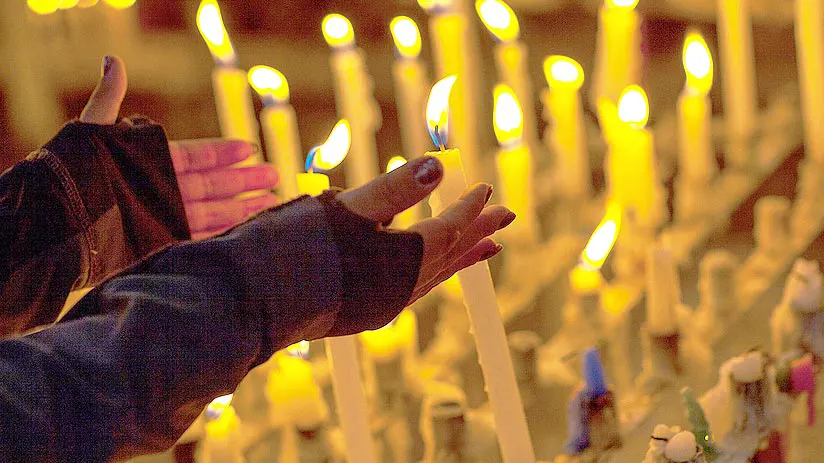
The Qoyllur Rit’i Festival is marked by a rich array of rituals that reflect the syncretism between Catholic and Andean religious practices. Some of the most important rituals include:
- Masses and processions: The festival begins with solemn Masses to honor the Lord of Qoyllur Rit’i. The image of Christ is carried in a grand procession through the valley, surrounded by chanting pilgrims, traditional music, and dances.
- Offerings to Pachamama and the Apus: In addition to Catholic prayers, there are traditional offerings made to Pachamama (Mother Earth) and the Apus, the spirits of the mountains. These offerings include coca leaves, flowers, and incense, and are intended to ask for blessings and protection.
- Dances and traditional music: During the festival, traditional dances and music are performed by the pilgrims as part of their devotion. These dances often depict ancient Andean stories and rituals, and they are an expression of cultural identity and religious devotion.
- Nighttime vigils: Pilgrims gather in the valley at night, lighting candles and participating in prayers, songs, and spiritual rituals. The full moon illuminates the scene, adding a mystical and otherworldly quality to the event.
Through these rituals, the festival becomes a powerful expression of syncretism, blending Catholic beliefs with ancient Andean cosmology. The Lord of Qoyllur Rit’i is revered alongside the mountain spirits and Pachamama, reflecting a harmonious coexistence of two belief systems.
Cultural and Heritage Significance
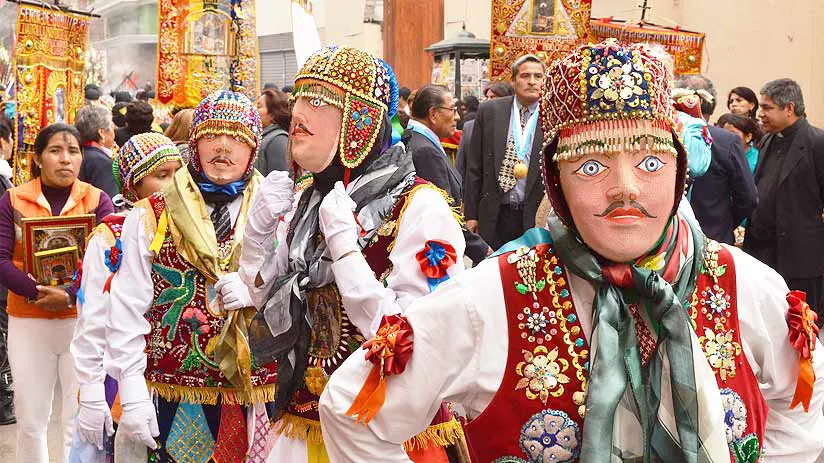
In 2011, the Qoyllur Rit’i Festival was inscribed by UNESCO as an Intangible Cultural Heritage of Humanity, recognizing its importance as a living tradition that preserves both Andean and Catholic religious practices. The festival is a testament to the endurance of indigenous cultures in the face of historical challenges, including colonization, globalization, and religious conversion.
For the indigenous people, the Qoyllur Rit’i Festival is a way to honor their ancestors, their faith, and their deep connection to the land. It is a powerful reminder of the resilience of indigenous cultures in preserving their spiritual and cultural heritage.
For visitors, the Qoyllur Rit’i Festival is an opportunity to witness a unique and living tradition that combines stunning natural beauty, rich cultural heritage, and profound spirituality. It stands as one of the most significant festivals in Cusco, offering an unforgettable experience for anyone interested in the living culture of the Andean region.
The festival also holds immense importance as an expression of cultural pride for the Andean people, who continue to maintain their traditional ways of life despite the challenges posed by modernization and globalization. The festival serves as a reminder that the indigenous people of the Andes continue to play an active role in preserving their heritage and passing it on to future generations.
“TRAVEL FAR ENOUGH, YOU MEET YOURSELF”
The Qoyllur Rit’i Festival is much more than a celebration; it is a sacred pilgrimage that brings together faith, culture, and community. For indigenous people, it is a spiritual journey that reaffirms their connection to the land, the mountains, and their ancestors. For the wider world, it is a rare opportunity to witness a living tradition that blends Catholic and Andean spiritual practices in a harmonious and meaningful way.
The festival’s cultural significance goes beyond its religious rituals. It is an expression of indigenous resilience, faith, and community in a rapidly changing world. The Qoyllur Rit’i Festival continues to be one of the most important cultural events in the Andes, representing the enduring power of tradition and the sacred relationship between humans and nature.
For those fortunate enough to witness it, the Qoyllur Rit’i Festival is not just an event, it is a transformative experience that invites reflection, reverence, and awe for the sacred land of the Andes.
Peru has so much to offer, it can be hard to know where to start. With many years of experience in the tourism sector, Machu Travel Peru is happy to help with anything regarding your trip to Machu Picchu and any tours around it. Make your Machu Picchu experience an unforgettable one! Contact Us today to plan your dream adventure!

